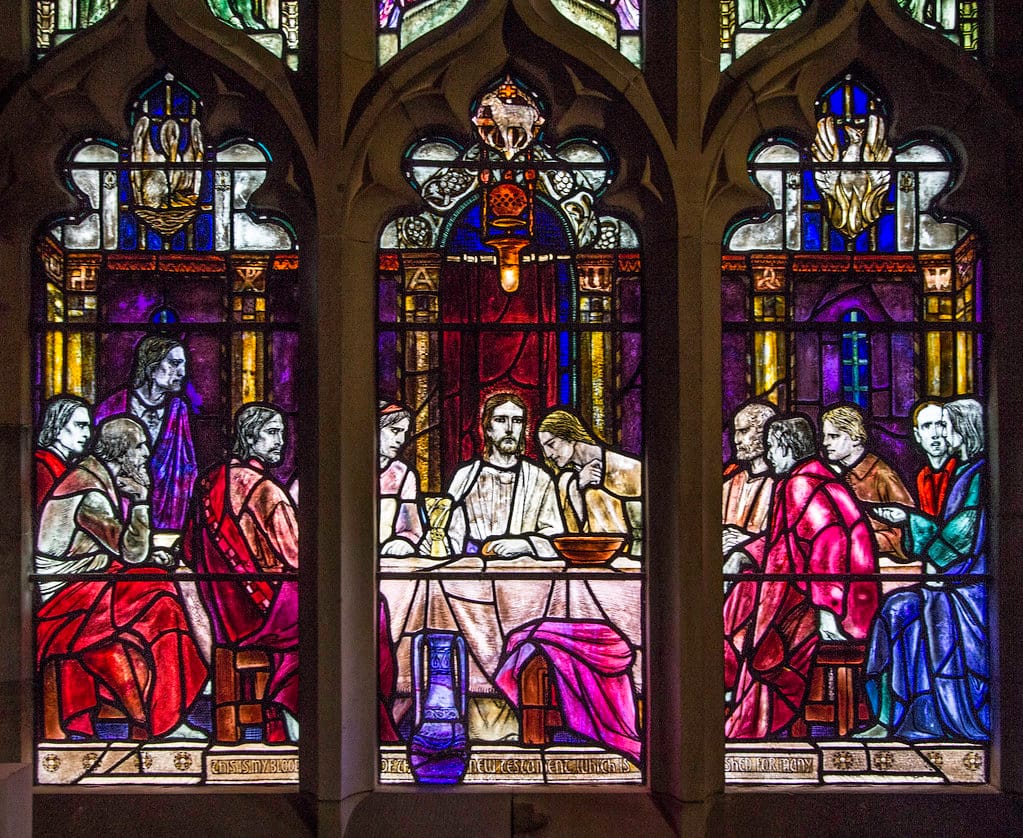In The New Testament; Mark 16, a story of the Resurrection: “When Mary Magdalene and two others went to anoint Jesus’ body…, they found that the stone to the tomb had been rolled over. When they went into the tomb, there was a young man in a white robe. He told them, “If you are looking for Jesus Christ who was crucified, he has risen from the dead!” The women ran away but were too afraid to say anything to anybody. Jesus then appeared to some of his other followers.” Thomas the disciple was not at hand, “and so he refused to believe until he was able to put his finger into Jesus’ wounds. Jesus appeared to Thomas and allowed him to do just that. Thomas then believed that Jesus had risen, but Jesus said: ‘Blessed are those who have not seen and yet have believed.’” The allowance of belief in something may also lead to misbelief.
A plethora of people believe in some sort of a higher power, worship it, as followers of what we call religions. The most practiced religions of the world’s sizable population is Christianity coming in at around 2.3 billion, as well as Islam adjacent at 1.8 billion. This scene, from the movie, holds conspiracies so deep you may start to wonder with curiosity that they could be true, or will you place mistrust in the presented evidence of it? In the movie scene from ‘The Da Vinci Code’, there are allegations that Mary Magdalene, a disciple of Jesus Christ, was in fact, his wife and that the church did not want its followers to know this for it would devastate the entire substructure of Christianity itself.
Claim 1: “Who is she?… Mary Magdalene was Jesus’ wife,” as claimed in the video at (3:03).
What we may see in the Video is that in Leonardo Da Vinci’s Painting of ‘The Last Supper’ there are hidden clues within the painting that indicate that Mary Magdalene, once thought to be John in the painting, is the spouse of Jesus. “The novel turns conventional wisdom on its head with this declaration that Leonardo Da Vinci’s painting of ‘The Last Supper’ doesn’t depict 13 men, but 12 men and a woman” (Stone Phillips). “Could it be that the beardless apostle, always believed to be St. John, is really a woman” (Phillips). “Mary Magdalene had to be one of the most important people in Jesus’ life. And she is said to be the first witness to the resurrection” (Phillips). Mary Magdalene was a disciple to Jesus Christ and if believed to be his wife, it opens up a world of newfound knowledge and possibilities.
Claim 2: “No the [Holy] Grail has never been a cup, it is quite literally this ancient symbol of womanhood, and in this case a woman who carried a secret that if revealed it would devastate the foundations of Christianity” (1:52).
They claim that the ancient symbols for man and woman are extremely significant towards the secret of Mary being with child. Leonardo Da Vinci’s side of the story or, “version [through his painting] leaves out [the] important icon. Jesus’ chalice, the legendary Holy Grail, is missing. And according to ‘The Da Vinci Code,’ its absence is no mistake” (Phillips). “Then there’s another clue found by tracing the line formed by the central figures– a “V”, the shape of the missing chalice and the ancient symbol for female fertility, conjuring the image of a mother’s womb,” which can be further explained through more research in “Secrets to the Code” written by Stone Phillips and published on NBC News (Phillips). He also writes that “Leonardo’s activities… included leading a secret brotherhood entrusted with protecting the truth about Jesus, Mary, and their child– The Priory of Sion” (Phillips). These clues were supposedly intelligently hidden in more of Da Vinci’s paintings and secret manuscripts to protect Mary and her unborn child.
Premise: “The Holy Grail is a person, a woman? It turns out she makes an appearance right there [in the Last Supper painting seated at the right hand of Jesus]” (2:26).
The claim made as the underlying premise for the whole video is that Mary Magdalene of Magdala is the “Holy Grail”. Researching the symbols displayed in the ‘Da Vinci Code’, “… [it]… became the subject of endless search by medieval knights – was not a cup at all but Mary Magdalene herself, the human receptacle for Jesus’ bloodline” (Devangiba Gohil). “The Fibonacci sequence describes a natural growth pattern common to all life” (Gohil). Why were the knights’ templars covering up the tracks of Mary Magdalene? Who were the medieval knights searching for her, and why?
Claim 3: “Jesus and Mary appear to be joined at the hip and are leaning away from each other as if to create a shape in the negative space between them, Leonardo gives us the Chalice” (3:53)
The triangle-like symbols of man and woman in the painting depict that Mary Magdalene may be the Holy Grail. “The white rose is symbolic of innocence and the feminine,” contrarily, “the red rose, true love and the masculine…” (Gohil). The author claims that “…in the ‘Da Vinci Code’ a pink rose has been used to signify a graceful merging of both feminine and masculine” (Gohil). Do these symbols represent the declared truth between the intimacy of Jesus and Mary’s relationship with each other? Andrew Buncombe, from the Independent News, wrote an article reporting about a woman who believed she was the truthful descendant of Jesus Christ himself. He moved on to say that in the woman’s story, Kathleen McGowan, she protested that “[Mary Magdalene] found refuge in the Jewish community and gave birth to [Jesus and Mary’s] daughter, Sarah” (Buncombe). The evidence supporting this analysis of Christianity’s hidden secrets is from believers. Does this all mean that it must be true or do you need further research to back up these few theories of Christianity?
Experts: “I just recognized this summer the Great Fresco by Leonardo Da Vinci” (0:10).
. Leonardo is the painting expert responsible for concealing indications of marriage and conception uniting Jesus and Mary. “Leonardo Da Vinci died at the age of 67 on May 2, 1519, at the small manor house in the Loire Valley given to him by King Francis I of France,” Milt Esterow writes in a biography article of Da Vinci (Esterow). He was an Italian painter, sculptor, draftsman, etc. He is famous presently for his painting of The Mona Lisa, which is a painting with a theory said to be half woman and half man in the face.
The evidence presented towards proving these theories right is partially there, although the allegations have been proved wrong many times but a number of other experts in the historical field. Leonardo Da Vinci said, “All our knowledge has its origins in our perceptions.” Painting for an artist may be another way of keeping a diary.
Featured image from Creative Commons: “The Last Supper” by Lawrence OP is licensed under CC BY-NC-ND 2.0








What do you think?
Show comments / Leave a comment